Want to play powerful Magic on MTG Arena? Here’s how.
The Powered Cube is coming to MTG Arena, and as one of the first to have a crack at it, I can verify that it is awesome. You can watch me play it over on TCGplayer’s YouTube Channel with Reid Duke also joining in on the fun — spoilers: we both had a blast. Now, a Vintage-like Cube coming to MTG Arena is big news, and I realize that many in the audience might not have experience with it. Today, I’ll be giving you a guide on how to draft this Cube, even if you haven’t played the format before. I have actually written a similar series before, unsurprisingly, so if you want the longer breakdown about Vintage Cube, you can check it out here.
Do note that this was written a couple of years ago, and as such, some of the information is a bit dated (Triomes and Surveil Lands didn’t exist, for example).
Anyways, let’s get into the Powered Cube on MTG Arena, here’s a few important tidbits to check out:
- MTG Arena Powered Cube Design Article (Wizards of the Coast)
- MTG Arena Powered Cube List (CubeCobra)
Some things to note about the Powered Cube list:
- No Alchemy / Digital-only cards
- No Universes Beyond cards
- No Initiative / Monarch
For the most part, this is faithful to the Vintage Cube experience, even if the Powered Cube is its own thing. It has a lot of the greatest hits Cube fans want to see: power, Tolarian Academy, Sneak Attack, Flash, Urza, Lord High Artificer, Reanimate, and the list goes on, with a couple of exceptions. There are no graveyard-ordering cards (Shallow Grave / Corpse Dance), and Through the Breach got passed over because Splice onto Arcane was technically complex for the digital client. That said, this really does ring true if you’ve drafted Vintage Cube, and I thought it was incredibly fun. I also know all of the archetypes inside and out, despite doing just a couple of Powered Cube drafts so far, because of how often I’ve drafted them in the Vintage Cube.
The first thing you should look for when you crack a pack of Cube is any of the Power Nine and adjacent-powerful cards, in both the literal and figurative sense. Because everyone loves a Pack 1 Pick 1, here is my current list for the best cards in the Cube, in this order:
Power (Tier 0)
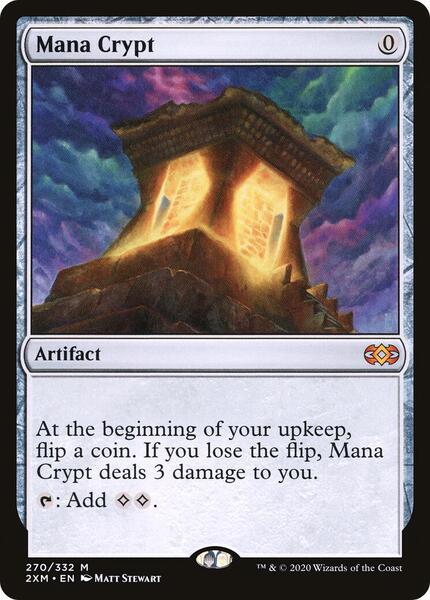
Market Price: $39.06

Market Price: $3,379.99
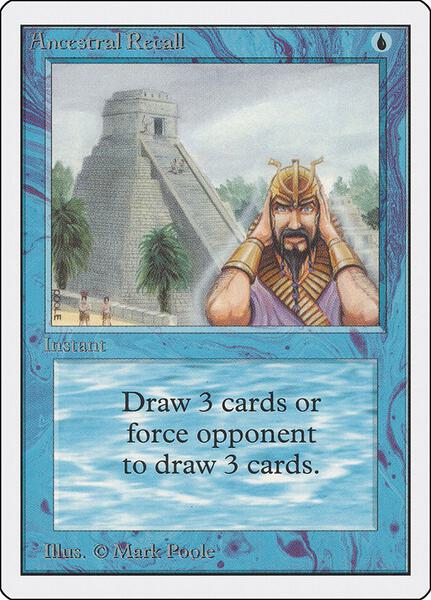
Market Price: $2,999.99
- Black Lotus
- Time Walk
- Sol Ring
- Mana Crypt
- Ancestral Recall
- Mox Sapphire
- Mox Jet
- Mox Pearl
- Mox Ruby
- Mox Emerald
Once you get past the Power Nine (Mana Crypt and Sol Ring clearly count at this point, and as much as I love it, Timetwister does not), things get a bit more ambiguous. This next set of cards isn’t in as much of an order as the previous ten, as I think they are comparable enough that you can take whichever suits you best.
Tier 1
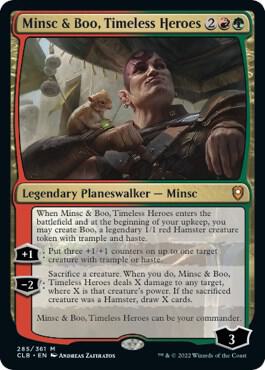
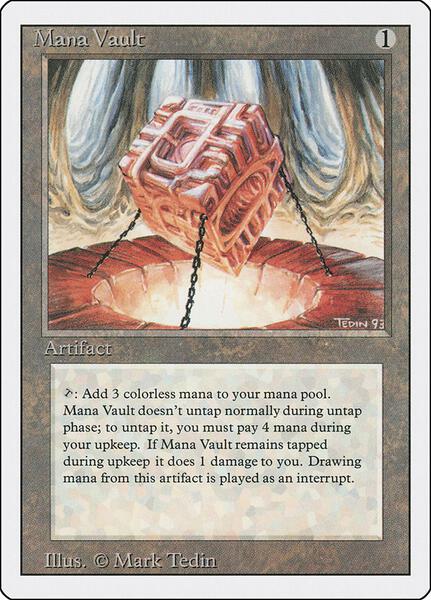
Market Price: $64.90
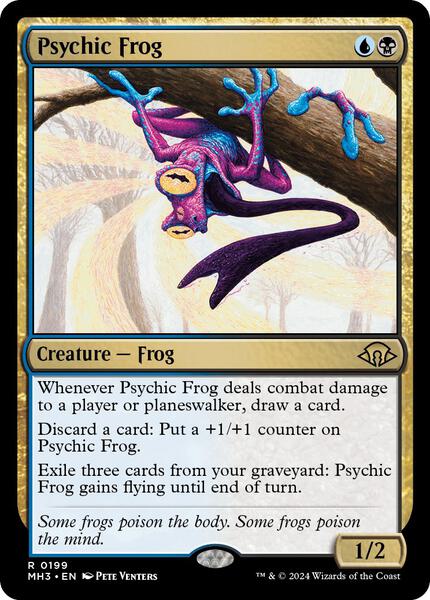
- Tolarian Academy
- Force of Will
- Mana Vault
- Thoughtseize
- Swords to Plowshares
- Timetwister
- Mana Drain
- Reanimate
- Demonic Tutor
- Vampiric Tutor
- Minsc & Boo, Timeless Heroes
- Tinker
- Booster Tutor
- Broadside Bombardiers
- Psychic Frog
Aside on Booster Tutor: not only is this card extremely fun, it’s quite powerful too. You are presented with a random booster pack with cards from the Cube, and can pick any card, which makes it an absurdly good “draw spell”. It’s easy to find a land or a powerful spell, and sometimes you even hit something like Black Lotus (as I did the first time I cast it).
This tier consists of cards that are powerful enough that I’m happy to take them early, and in many cases, they drive the direction of my draft dramatically (Tolarian Academy), or at least are just quite powerful and flexible (Swords to Plowshares, Thoughtseize). I’m pretty happy if I’m first-picking any of these, especially Tolarian Academy, and mostly think these should be gone within the first couple of picks.
Tier 2 (The Big Tier)
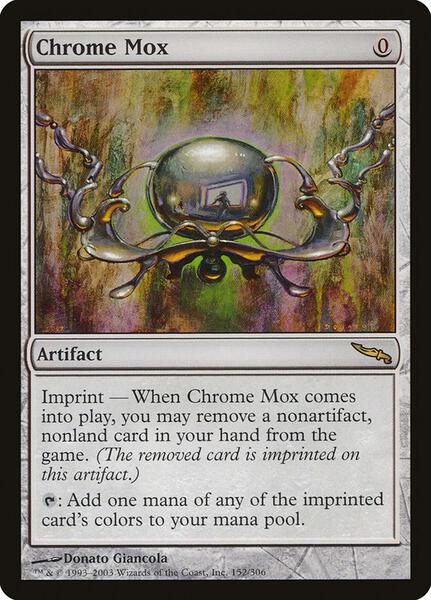
Market Price: $103.94

Market Price: $69.58
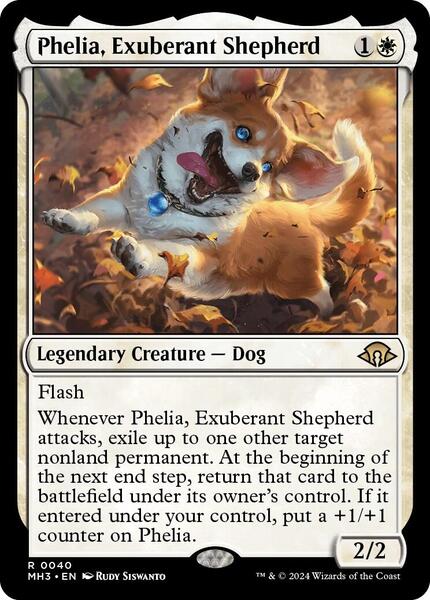
- Fetch Lands (Polluted Delta, Wooded Foothills, etc)
- Balance
- Atraxa, Grand Unifier
- Solitude
- Hullbreacher
- Urza’s Saga
- Animate Dead
- Dismember
- Chrome Mox
- Gut, True Soul Zealot
- Urza, Lord High Artificer
- Fable of the Mirror-Breaker
- Duress
- Mox Diamond
- Inquisition of Kozilek
- Tamiyo, Inquisitive Student
- Mana Leak
- Counterspell
- Memory Lapse
- Force of Negation
- Fractured Identity
- Sheoldred, the Apocalypse
- The Original Dual Lands (Underground Sea, Taiga, etc.)
- Spell Pierce
- Ocelot Pride
- Phelia, Exuberant Shepherd
- Ragavan, Nimble Pilferer
- Grim Monolith
- Archon of Cruelty
- Underworld Breach / Brain Freeze / Lion’s Eye Diamond
- Stock Up
- Parallax Wave
- Mystic Confluence
- Wheel of Fortune
- Pyrogoyf
- Skullclamp
- Dark Ritual
- Lightning Bolt
- Fiery Confluence
This tier consists of strong cards, just not ones quite as strong as the top two tiers. I’m not unhappy to take these early, and usually expect most of the cards on this list to be taken within the first five to six picks (though a pack can have 10 such cards, if you happen to see them late). I’m not going to rank the rest of the Cube, and I’m certainly not saying the Tier 3 and above cards are bad — some of them are quite powerful, but maybe need more setup, and most of them end up being slightly worse than these. The main purpose of showing you these three Tiers is just so you have an idea of what the best cards look like, with archetypes to come next.
The Archetypes in MTG Arena’s Powered Cube

Market Price: $2,432.87

Market Price: $25.90
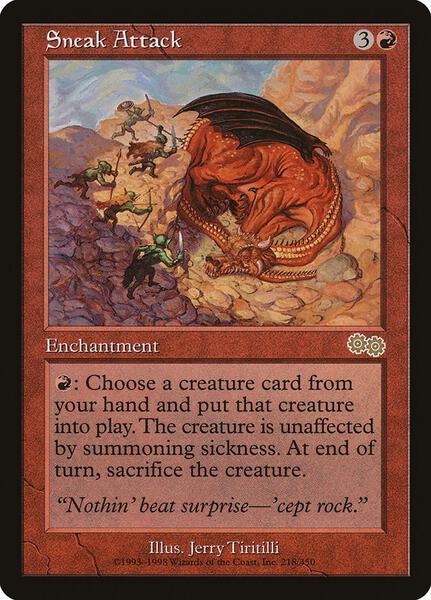
Market Price: $14.45

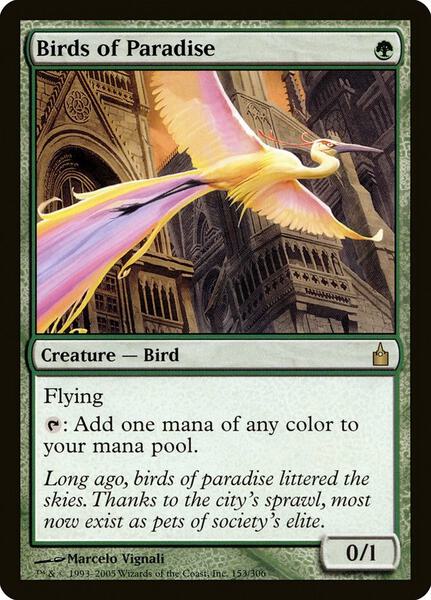
Market Price: $10.42
Depending on your threshold for “archetype”, there are a ton of possible decks in the Cube, but I’m going to focus on the most well-supported themes. Cube is a high synergy format, and I expect the cards in my deck to work well together, even if I’m not drafting one of these decks or if I’m drafting multiple of them combined. As you draft more, you’ll discover more synergies, and it’s always fun finding new ways to combine cards.
My recommendation for approaching the Cube if you’re new: Focus on learning a couple of these archetypes, and practice with them until you’re well-versed. As you draft more, you’ll naturally try new decks, but to avoid being overwhelmed, pick a couple of decks (or even just one). I think there’s nothing wrong with forcing Boros (or Mono-White) Aggro until you feel comfortable venturing further. I mean, I basically soft-force Artifacts, and I’ve played Cube a thousand times at this point. I am confident that as you get into Cube more (which you will, since it’s the best way to play Magic), you organically will learn new decks and synergies, so don’t feel compelled to try and master it all at the start. As you play each deck more, you’ll find out things that work and don’t work, and what suits you as a drafter.
These guides aren’t meant to impart mastery over the archetypes — that’s only obtainable through hands-on practice. They are intended to be signposts, showing you what each deck is trying to do and the key cards it uses, enabling you to try it with some idea of where to go.
Artifacts

Market Price: $180.07

Market Price: $25.90
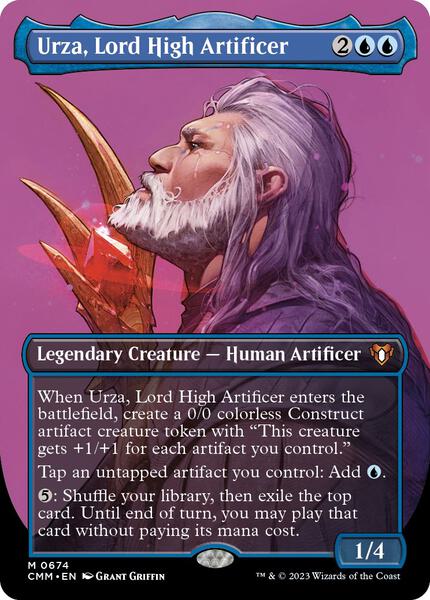
Market Price: $14.14
This is my favorite deck, and Tolarian Academy is my favorite card — I’m unapologetic about both. That said, Artifacts is a real (and good) deck, though it can misfire if it’s missing key pieces. That element of risk appeals to me, and it’s certainly worth mentioning.
Goal: Generate lots of mana with Tolarian Academy, Mishra’s Workshop, and artifacts, enabling big plays like Upheaval or Coveted Jewel.
The artifact deck is known for its mana generation, with Academy being the loudest part of that. Still, an early Mishra’s Workshop can be incredible, and even Ancient Tomb into Talisman goes a long way. Once it has all the mana it needs, it can leverage cards like Retrofitter Foundry, Timetwister, Ugin, Eye of the Storms, Upheaval, and much more to crush the opponent.
Key Fast Mana:
- The Power Nine
- Tolarian Academy
- Urza, Lord High Artificer
- Mox Opal
- Mishra’s Workshop
- Ancient Tomb
- Artifact Mana (Relic of Sauron, Talisman cards, Everflowing Chalice)
Fast mana is the most crucial part of the deck, and usually takes priority until you have enough of it.
Key Fast Mana Payoffs:
- Tinker
- Urza, Lord High Artificer
- Ugin, Eye of the Storms
- Timetwister
- Upheaval
- Retrofitter Foundry
- Time Spiral
- Echo of Eons
- Walking Ballista
- Coveted Jewel
- The Mightstone and Weakstone
- Displacer Kitten
There are more examples in each category, but these are the best of them, and they represent most of what the artifact decks want. Like any blue deck, countermagic, fixing lands, and card draw are good here, but those aren’t archetype-specific.
White-Based Aggro

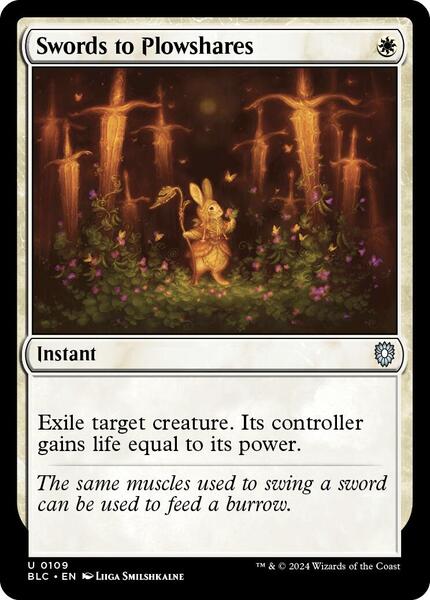

Market Price: $22.24
Mono-White Aggro might just be the best archetype in the Cube, no joke. It’s fast, resilient, and surprisingly strong, and can easily splash another color (though it doesn’t have to, letting it avoid using picks on land cards). If you are new to Cube, this is definitely where I’d start.
Key Fast Mana:
- Ancient Tomb
- Chrome Mox
These are mostly to highlight how well this deck uses fast mana, though they are a bit less impressive without the Monarch or Initiative in the Powered Cube.
Key Threats:
- Ocelot Pride
- Phelia, Exuberant Shepherd
- Ajani, Nacatl Pariah
- Mother of Runes
- Giver of Runes
- Thalia, Guardian of Thraben
- Elite Spellbinder
- Serra Paragon
Key Answers:
- Swords to Plowshares
- Solitude
- Path to Exile
- Oust
This deck wants to have a good low curve, which is why the cheap creatures are more important, and a couple of answers sprinkled in. Making sure your curve has enough low drops is a high priority, and past the top couple of creatures, the threats are fairly interchangeable.
Sneak Attack/Reanimate

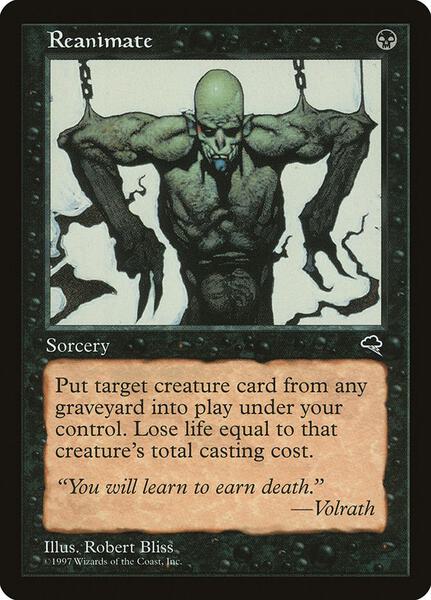
Market Price: $11.71

Market Price: $12.19
This deck is looking to cheat in big creatures in a variety of ways, whether it’s Flash, Sneak Attack, or one of many reanimate effects. It needs a couple of different pieces to come together, but there are many options of each type, and this style of deck can support multiple drafters at the table.
Key Threats:
- Archon of Cruelty
- Atraxa, Grand Unifier
- Emrakul, the Aeons Torn
- Griselbrand
- Worldspine Wurm
- Etali, Primal Conqueror
- Torsten, Founder of Benalia
- Woodfall Primus
Archon of Cruelty and Atraxa, Grand Unifier are a cut above the rest, but all of these are capable of ending games. Note that there are three categories of effects, and you should know which of these cards work with which. There are other big creatures in the Cube, but these are the best ones.
Key Flash Payoffs:
- Worldspine Wurm
- Torsten, Founder of Benalia
- Atraxa, Grand Unifier
- Woodfall Primus
- Etali, Primal Conqueror
In a pinch, Flash can put any creature into the graveyard, and you do get an Archon of Cruelty trigger, but these are the four creatures that work best with it.
Key Sneak Attack Payoffs:
- Emrakul, the Aeons Torn
- Atraxa, Grand Unifier
- Archon of Cruelty
- Griselbrand
- Worldspine Wurm
- Etali, Primal Conqueror
- Torsten, Founder of Benalia
- Woodfall Primus
Everything works with Sneak Attack, though the list gets ordered a little differently.
Key Reanimation Payoffs:
- Archon of Cruelty
- Atraxa, Grand Unifier
- Griselbrand
- Etali, Primal Conqueror
- Torsten, Founder of Benalia
- Woodfall Primus
Notably, Emrakul, the Aeons Torn and Worldspine Wurm don’t really work with reanimation spells, and Archon of Cruelty tends to be the best target.
Key Reanimation Enablers:
- Flash
- Reanimate
- Animate Dead
- Sneak Attack
- Necromancy
- Persist
Flash is by far and away the best of these, with the cheaper animation effects coming next. The best part about Flash and Sneak Attack is that they are a two-card combo, just them and a creature. The animation spells require a discard outlet or Entomb, which makes them a three-card combo.
Key Combo Setup:
- Entomb
- Demonic Tutor
- Vampiric Tutor
- Mystical Tutor
- Frantic Search
- Bitter Triumph
- Faithless Looting
- Bone Shards
Combo decks like having access to tutors and discard outlets, these being the best of them.
Blue-Based Control
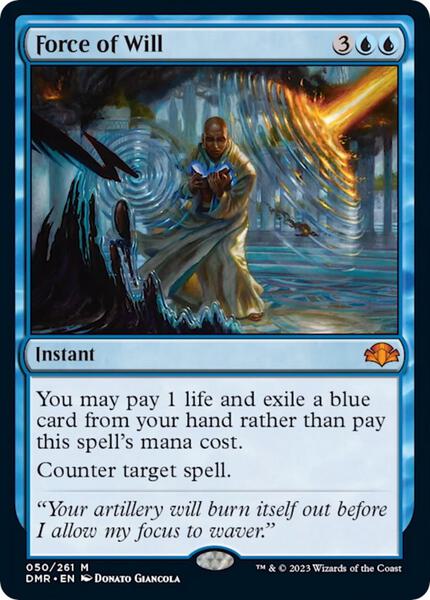
Market Price: $64.98
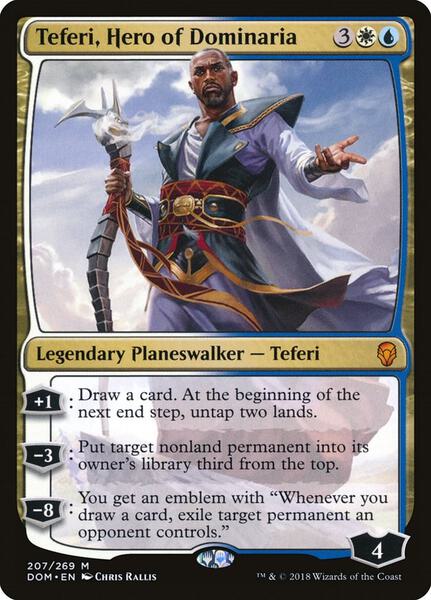

Control decks span many colors, with blue being the one constant (counters and card draw really are that good). These are a bit more advanced to draft, because each pick is so dynamic — sometimes you’ll take Oust over Miscalculation, and sometimes the reverse, with Tundra in the mix as well. Balancing interaction, card advantage, fixing, and finishers can be tricky, so it may take a while to get the hang of it. In general, efficiency is king, with cheap cards being what I spend most of my early picks on.
Key Interaction:
- Force of Will
- Mana Drain
- Swords to Plowshares
- Mana Leak
- Memory Lapse
- Counterspell
- Mystic Confluence
- Balance
- Spell Pierce
- Force of Negation
- Daze
- Snuff Out
- Fractured Identity
Free and cheap spells are what I’m looking for (with Mystic Confluence being the outlier) in Control archetypes.
Key Card Advantage and Draw Spells:
- Mystic Confluence
- Stock Up
- Preordain
- Ponder
- Brainstorm
- Gitaxian Probe
- Expressive Iteration
- Dig Through Time
- Treasure Cruise
- Cryptic Command
- Consult the Star Charts
You definitely want some card advantage, but that can also come in the form of Planeswalkers.
Key Control Finishers / Planeswalkers:
- Psychic Frog
- Teferi, Time Raveler
- Teferi, Hero of Dominaria
- Quantum Riddler
- Fractured Identity
- Jace, the Mind Sculptor
- Phlage, Titan of Fire’s Fury
- Uro, Titan of Nature’s Wrath
- Narset, Parter of Veils
A common thread here is that these all bury the opponent in card advantage, which is how I like to win games with Control. Note that fixing (Fetch Lands, Dual Lands, etc) is very important too, as control decks tend to be two to four colors, and should be taken highly.
Green-Based Ramp

Market Price: $18.51

Market Price: $42.86
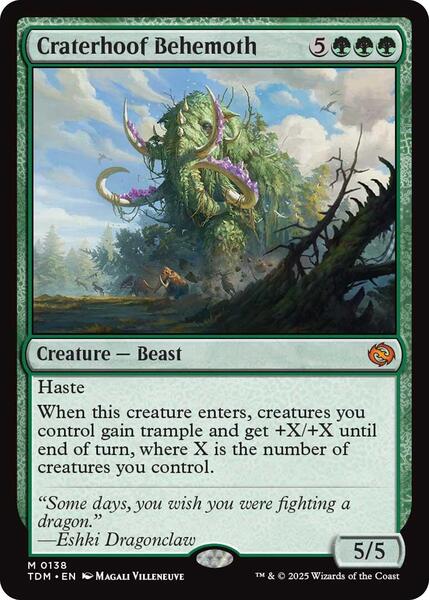
Market Price: $11.00
I debated whether to include this or not, because I don’t really recommend drafting this. However, it is well-supported, and I know people will want to play it, so I figured I should mention Green Ramp. My main issues with the archetype are that it’s not fast enough and not interactive enough, and both can be difficult to solve. That said, if it plays against non-combo decks, it can often get on board strongly to overpower the opponent. It’s just trying to accelerate medium to large plays out as fast as possible, which is an appealing strategy.
Key Ramp Enablers:
- Birds of Paradise
- Noble Hierarch
- Ignoble Hierarch
- Sylvan Caryatid
- Avacyn’s Pilgrim
- Rofellos, Llanowar Emissary
These are the backbone of the deck, and you really need at least four of these to make the strategy work.
Key Midrange Threats:
- Ulvenwald Oddity
- Scythecat Cub
- Bristly Bill, Spine Sower
- Six
- Questing Beast
- Sentinel of the Nameless City
- Surrak, Elusive Hunter
- Ouroboroid
- Tireless Tracker
These are the notable threats if you’re going into green, which are the best options in my opinion. I like Medium Green a lot more than Big Green, as it can actually be fast enough.
Key High-End Threats:
- Titania, Protector of Argoth (alongside Zuran Orb or Sylvan Safekeeper)
- Nissa, Who Shakes the World
- Vaultborn Tyrant
- Primeval Titan
- Woodfall Primus
- Craterhoof Behemoth
There is a whole Lands package with Strip Mine, Crucible of Worlds, Fastbond, etc, but that’s an archetype for another day. I still like Titania as long as you have any of the sacrifice effects, and these other threats are fairly self-explanatory. Green is pretty straightforward, though you can easily splash, which opens the door to counters, discard, and more.
